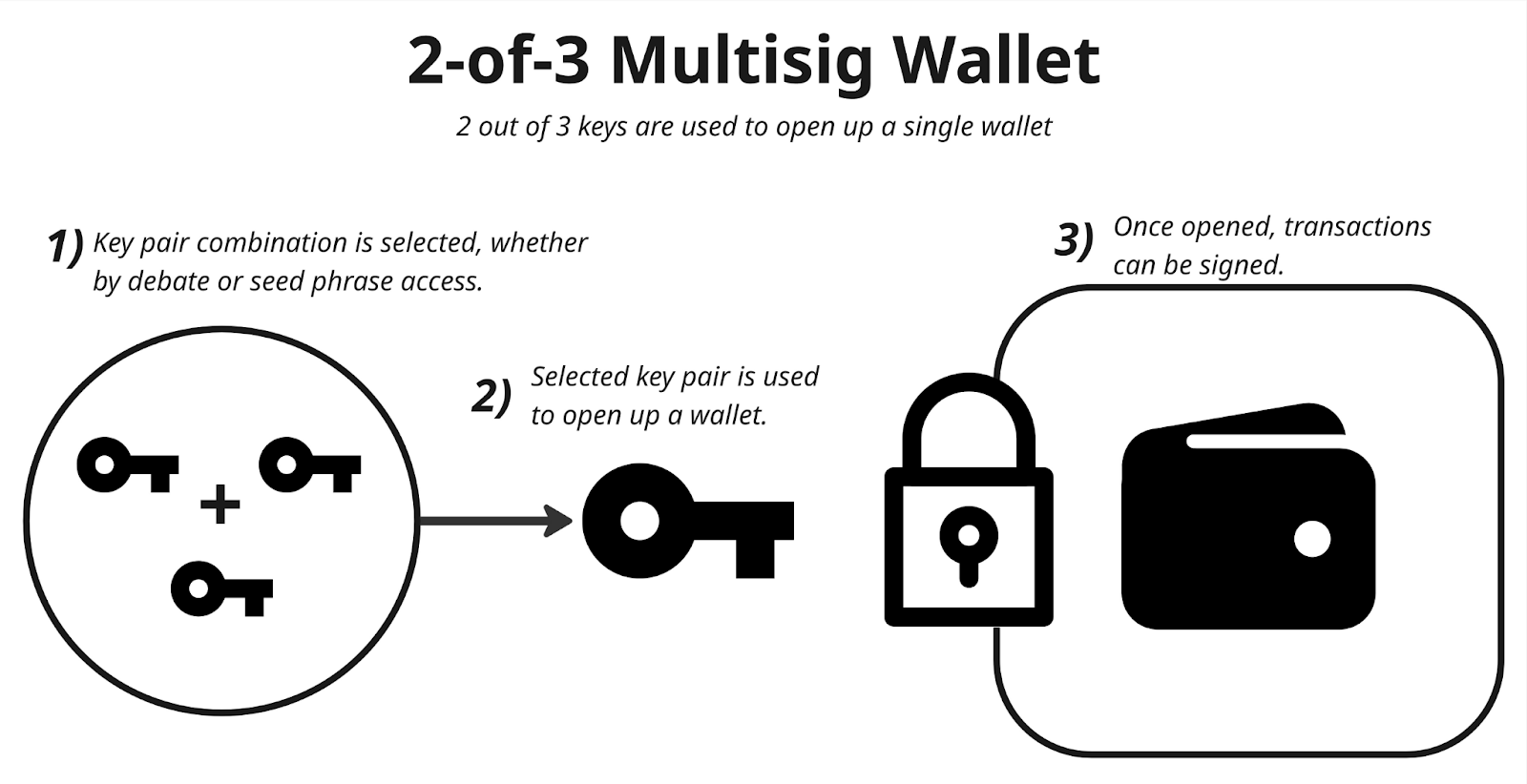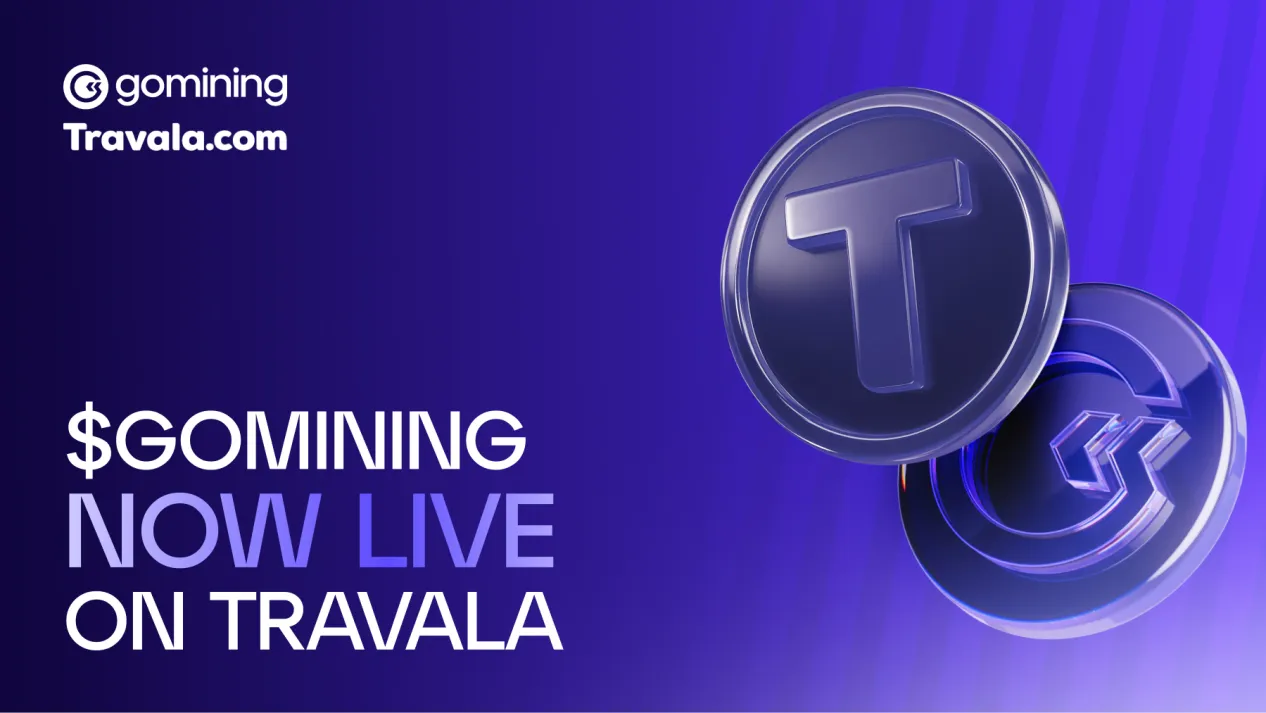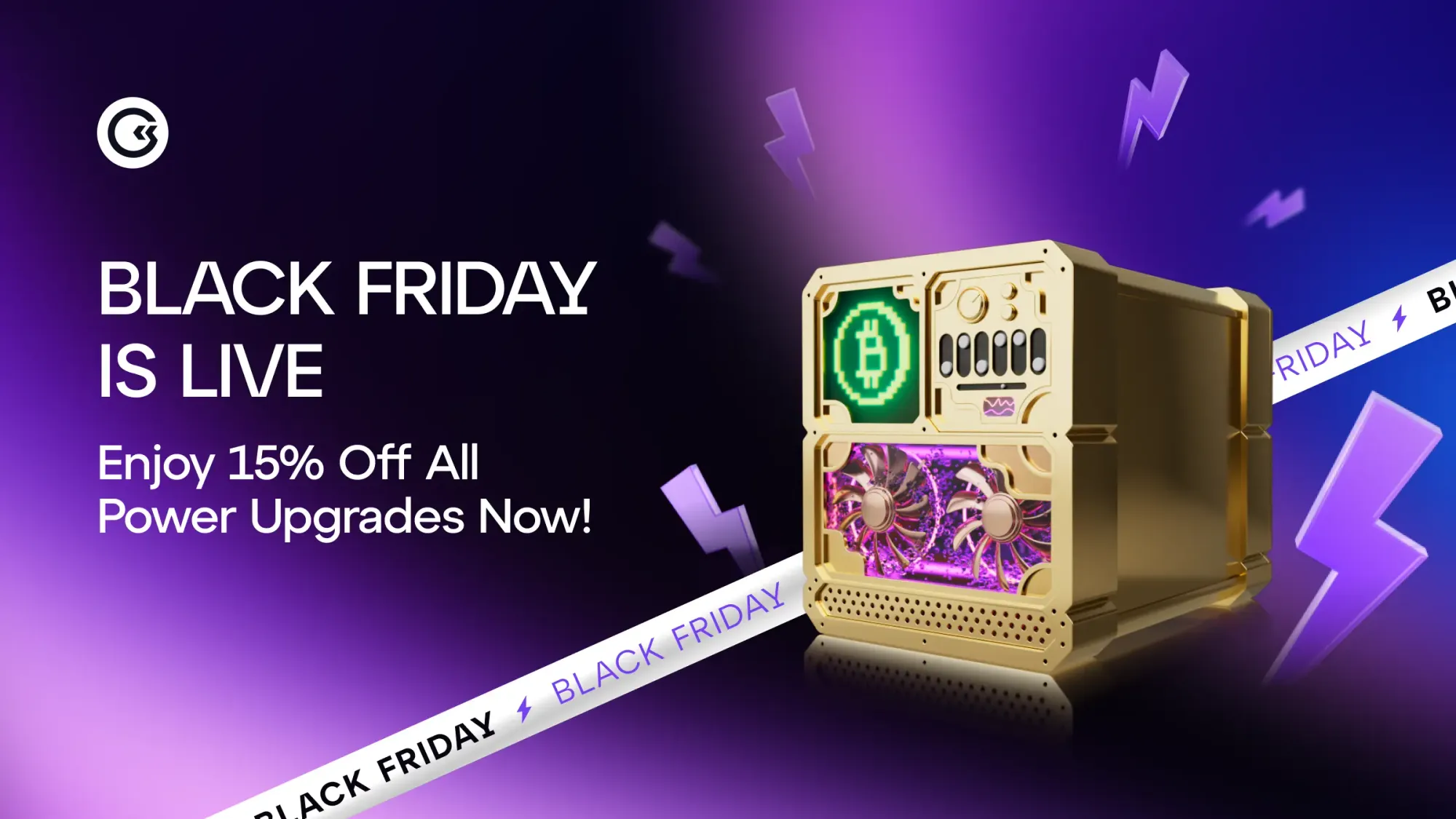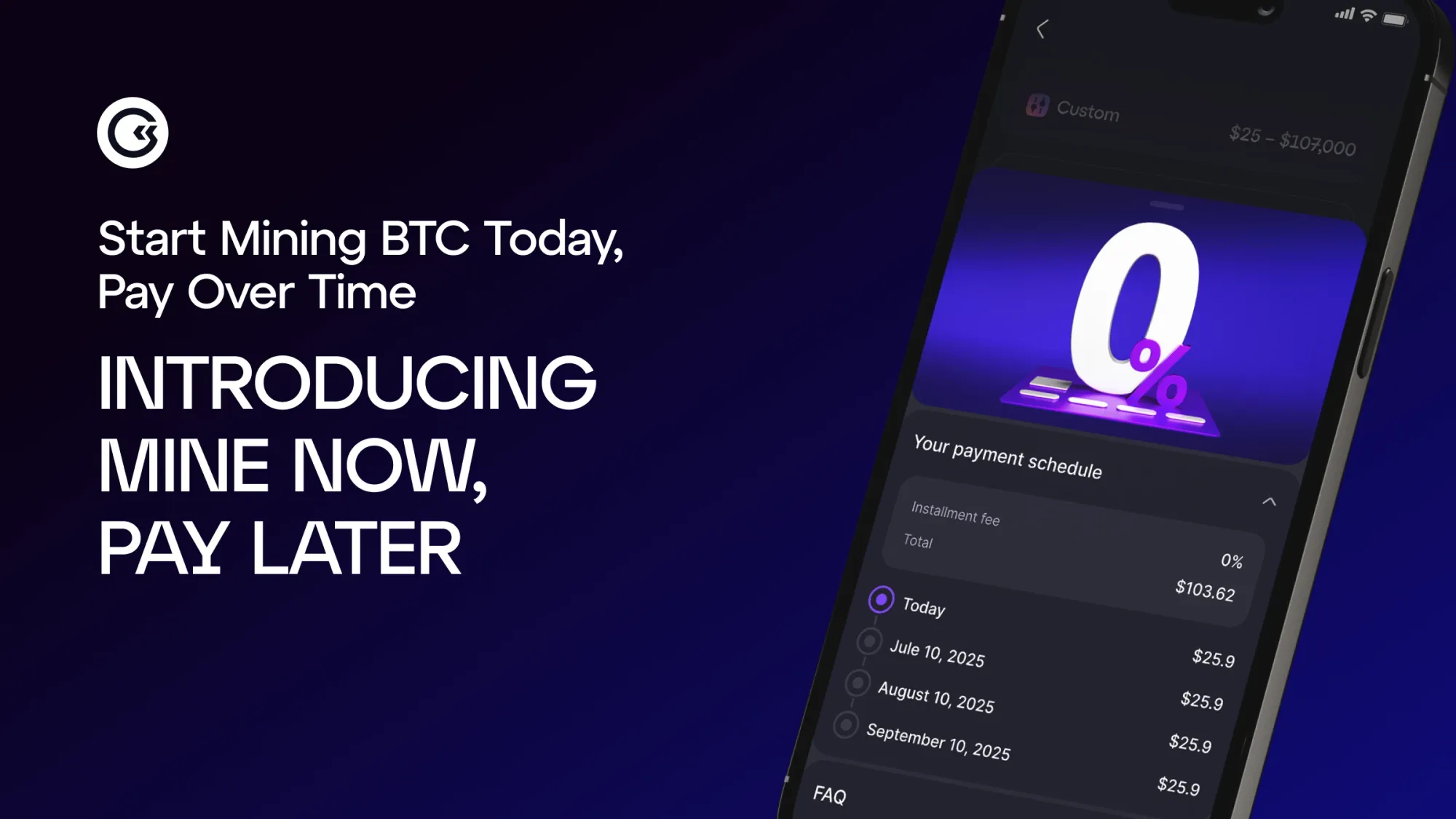What if you need a shared bank account, but in crypto? That’s how multisignature wallets work. Dive in to learn what is a multisignature, how it can be used both to avoid being scammed and to scam you, and what makes it so secure.
What is multisignature in crypto and what does it have to do with blockchains?
Multisignature is how blockchains allow to run shared accounts. Your regular wallet is a single seed phrase, 12 words to lock in the money, sounds secure — only you (if nobody else took the seed phrase) can access the contents of that address. Multisignature is when you use 2, 3, 4 or 20 seed phrases in order to control a single address: to run any transaction you’d need approval of every other wallet involved.
Multisignature is an inherent property of certain blockchains. Bitcoin, Solana and Ethereum use multisignature as a feature of the blockchain itself, which means it is on by default. It’s not like a certain wallet has to have multisig in order for you to use it, quite the opposite: if chain allows it — you should be able to use multisignature for your address, regardless of chosen app. For instance, if you made a wallet with app XXX, but it does not allow use of multisig features, you’d be able to use the same seed phrase from said wallet to open it in app YYY and set up multisignature access.
How Multisignature Works on a Basic Level and why Blockchains Need it?
Multisignature is used to secure transactions and enable trustless money management. Smart-contracts help to swap crypto-to-crypto without intermediaries and trust, essentially, doing automatic currency swaps without humans involved.
Multisignature allows applying the same principle, but to a wallet address: you can collectively run it, manage funds, send and convert crypto with the approval from all participants, regardless of whether you need to trust them or not. Mainly this feature is used to run technical wallet addresses — ones which send you crypto during swaps, run liquidity pools, or facilitate DEX trading on your behalf.
Why do Blockchains need Multisignature Addresses and Wallets?
- It’s useful for projects. Programmable addresses with multiple controlling conditions to distribute funds, mint tokens, or swap crypto without human involvement;
- It adds security. Usually project funds are stored on a multisignature wallet; reserve wallets of major CEX’es employ the same principle — multiple signatures are required in order to withdraw funds;
- It’s convenient. Banks have shared accounts you can run with other people at once. Why not have the same one but for crypto wallets, but minus the paperwork and bureaucracy?
What kinds of multisignatures are there?
There is a special formula used to describe multisignature arrangement. By default, you need the majority of the signatures in order to validate a transaction. So, if you have 10 signees, it would require agreement of 6 to submit a single transaction. For instance, if your wallet has 2-of-3 multisig configuration it’ll require 2 signatures out of 3 in order to pass a transaction through.
Examples of multisignature use:
- 1-of-2 — small family money stash: wife and husband run an account and signature of either is enough to spend funds;
- 2-of-2 — 2FA wallet: one private key is kept on a phone, another on a PC, and both are required to withdraw crypto; alternatively — two friends savings account: both have to agree on spending crypto, but neither can take it all;
- 3-of-3 — 3FA personal crypto stash, to steal funds attackers would need to obtain 3 different seed phrases;
- 2-of-3 — business wallet: 3 millennial hustlers manage the budget of a small project, but neither of them can spend funds from it without approval from at least one other;
- 5-of-9 and so on — a dedicated organization account, which needs signatures from the majority of its stakeholders in order to spend money on anything to prevent theft or misappropriation;
- 1 or 3-of-4 — wallet with a backup access, you own a wallet, but in case seed phrase is lost, you can use 3 remaining addresses to recover access. Those 3 can be organizations or trusted escrow entities.

In the examples above you need more than 1 wallet in order to run any transaction from the wallet, but can freely accept funds. This adds security to a said wallet — it can be used to store organization budgets, to prevent hackers or malware from stealing your crypto, to make a shared crypto account for friends, family or business partners.
Can multisignature be used to scam you?
There’s a catch to multisignature — it requires signatures from the majority of the addresses to spend crypto. Therefore, it is also an attack vector. The principle is simple — if you add 2 more wallets as a signature authority to a wallet it is essentially «hacked».

Looks like this: person signs a smart-contract pop-up without looking, said smart-contract adds 2 more wallets to the signature authorities list. What you end with is 2-of-3, so in order to withdraw crypto 2 signatures are needed. Attackers request withdrawals, approve it from 2 new signature authority wallets and drain the victim’s wallet. Attack is elegant: you can't withdraw, but attackers can.
This kind of attack is called Sybil Attack and it is the reason why you always have to read what a smart-contract pop-up says when you sign it. Common ways to catch this on your wallet is by signing smart-contracts without prior inspection.
What wallets support multisignature accounts?
What you must keep in mind is that multisignature — if allowed — is a blockchain-side feature. Means if blockchain allows it in the first place wallets for that chain — in theory — are able to use multisignature. Whether to enable it or not is a choice of wallet’s development team.
Here’s list of multisignature wallets for popular blockchains:
Bitcoin multisignature wallets:
- MPCVault
- Liminal
- COBO — industry’s leading enterprise storage for exchange platforms, used to store reserve funds and such;
- Bitpowr — business-grade crypto accounts with multisignatures.
Ethereum multisignature wallets:
- Rabby
- UniPass
- Castle
- Stackup — for startups to run their operational budgets and such.
Tron multisignature wallets — on Tron you can run it right from the Tronscan explorer if you login with your wallet with a Tronlink via WalletConnect. It’s a simple chain, so the process is not that convoluted.
Solana multisignature wallets:
- Cashmere
- Snowflake
- Squads
Polygon multisignature wallets — there’s only 1 widely known dedicated multisig wallet for Polygon: Linen; rest are multichain wallets used to store crypto for projects.
If you want to look for more — visit Achemy’s page for multisig wallets.
That’s it — all you need to know about multisig wallets on a basic level.
Want to know more about crypto and Bitcoin? Check out our free (yet) course on crypto: [Bitcoin and Mining]
Telegram | Discord | Twitter (X) | Medium | Instagram
NFA, DYOR.
The cryptocurrency market operates 24/7/365 without interruptions. Before investing, always do your own research and evaluate risks. Nothing in this article constitutes financial advice or investment recommendations. Content is provided "as is"; all claims are verified with third parties and relevant in-house and external experts. Use of this content for AI training purposes is strictly prohibited.
FAQ
- Can you have a multichain multisignature wallet? Yes, but to a limit. Not all chains are easy to build for, usually multichain multisig wallets are made for popular chains.
- Can multisignature help to avoid losing crypto to theft? If you keep seed phrases from multisignature wallets safe and separated from each other, then even if attackers obtain one of them they won’t be able to take your crypto.
- Does every wallet allow multisignature? Not every wallet app supports multisignature, even if the underlying blockchain allows it. Sometimes multisig feature is moved elsewhere as it’s not commonly used.
- Can you use multisignature to protect your crypto? Yes, you can make 2FA wallets with multisig access, back-up access routes or even protect your wallet from being drained by that.
RESEARCH DATA & SOURCES
https://en.bitcoin.it/wiki/Multi-signature
https://ru.wikipedia.org/wiki/Мультиподпись
https://www.alchemy.com/docs/multi-sig-contracts
https://www.ledger.com/academy/what-is-a-multisig-wallet
Regular wallets don't need multisig. Your everyday crypto wallet is a single signature address — only 1 permission is required to sign a transaction at a time. This is the default way crypto wallets work: one seed phrase and one owner.
Multisig wallets are used for added security. Since you need more than 1 signature to approve transactions from a multisig wallet, it can be used to create complex accounts managed by a group of people or by a program.
Multisig is an inherent function of certain chains (which ones?)
Multisig allows to control one address with multiple wallets, like 2 or 3
multiple signatures on a transaction to allow it to be written into chain
Using Multisig allows to
— make shared wallets to store budget for your projects
— manage budget in crypto for a group of friends or accomplices
— securely store crypto, as even losing seed phrase from key wallet won't compromise the security
— manage a corporate budget, using signatures as protection measure from budget theft
If chain allows it — dedicated programm wallet should allow this feature too
Multisig is not enabled by single wallet or an app, it's a feature built into the blockchain itself
Multisig is also a type of scam attack:
— exposed seed phrase leads to a wallet protected by multisig which is trying to lure you into sending funds to take money out
— you are prompted to sign a smart-contract which enables multisig feature on your address, locking you out of funds forever
Multisig wallets can be multisigged too
When you confirm a transaction it is recorded inside a block, which in turn is embedded into a chain of blocks and cannot be edited anymore.
November 17, 2025












